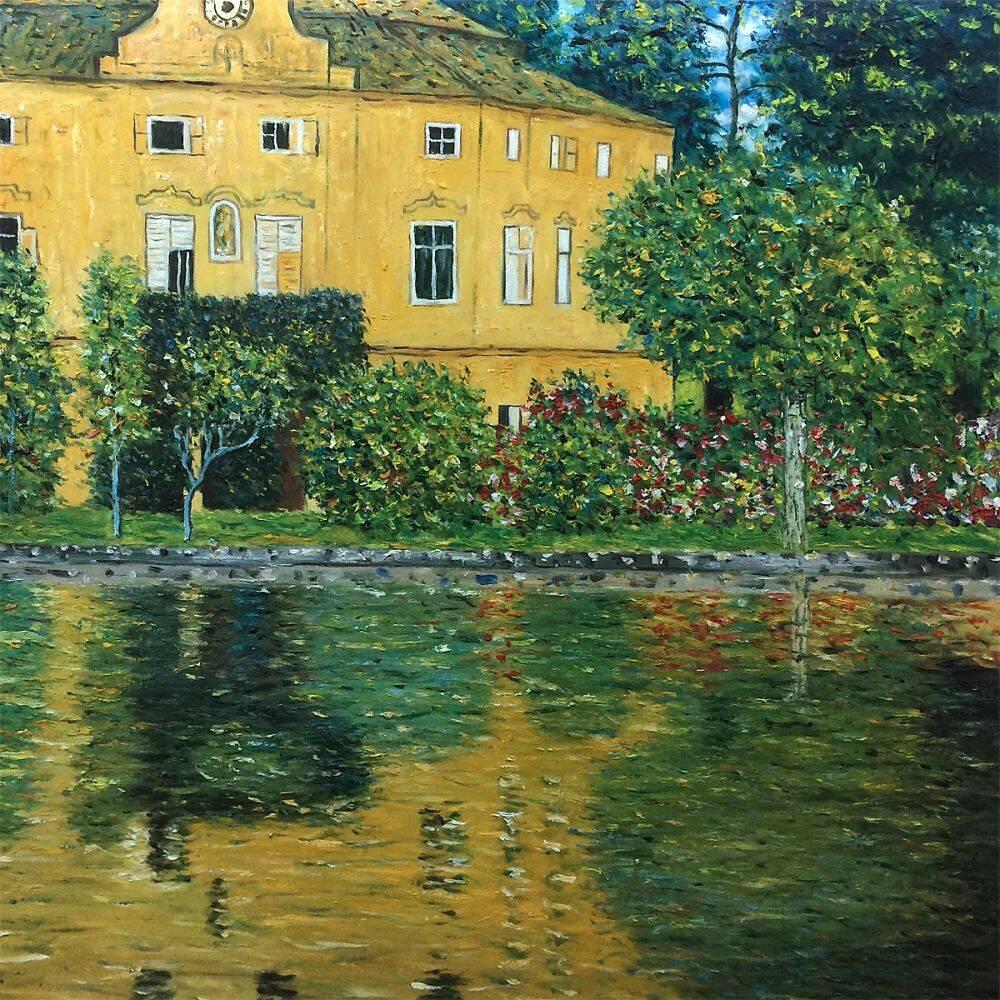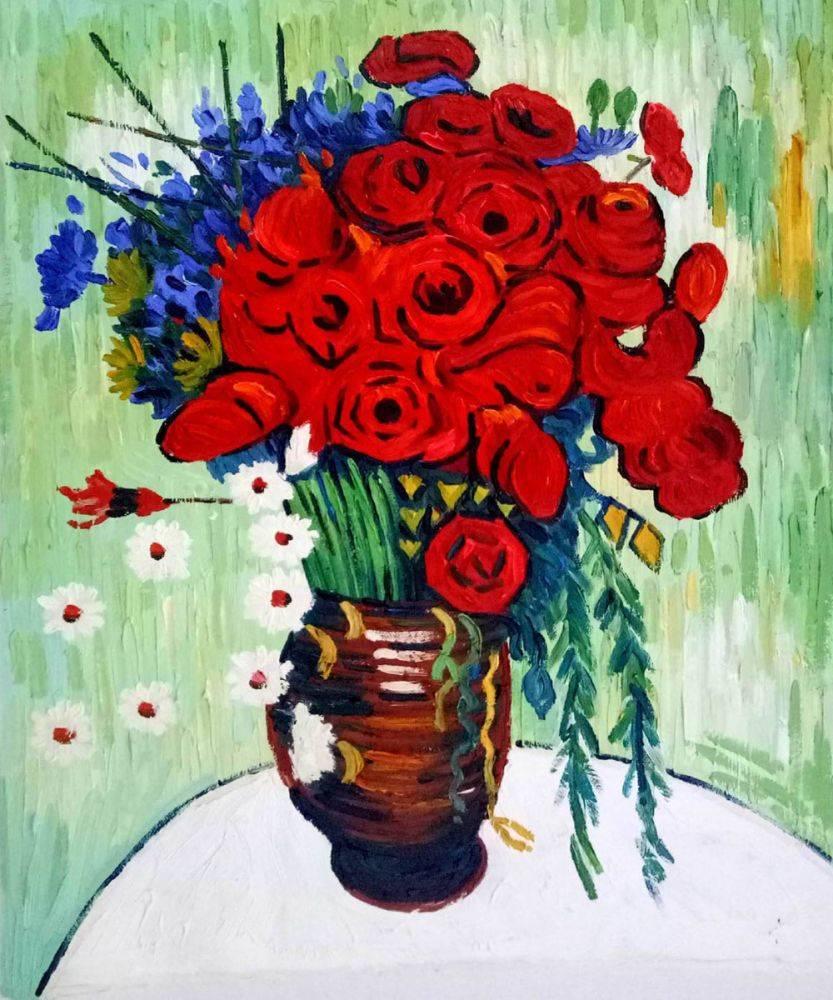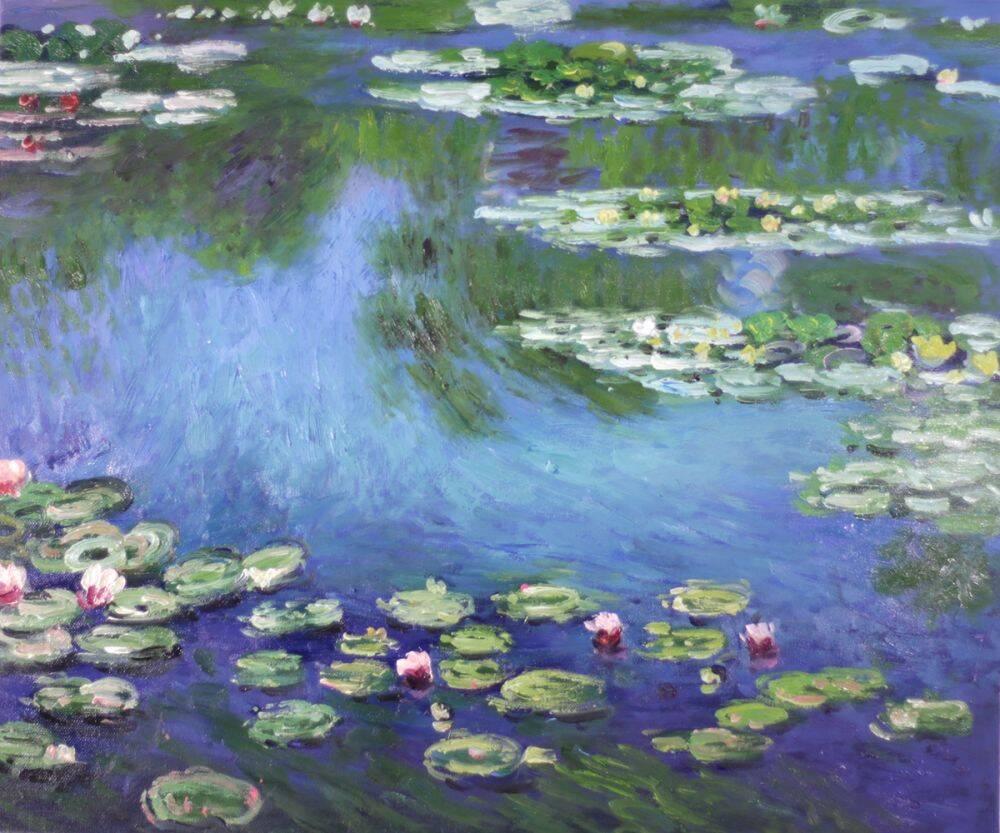Art
Bathers at Asnieres – Working Men Immortalized on Canvas
Have you ever tried to feel the color through a grain of paint? George Seurat not only succeeded in doing that, but also began a revolutionary movement.
George Seurat was a lonely person. He never let people see anything but his work. His private life was tucked away from the eyes of friends or even family. His own parents found out, he got married after his death. The only thing he left behind was his revolutionary style of painting. A color grain seated near another until the eye discovers a whole image. This was pointillism.
 Seurat passed unknown to the art world for many years after his death. It was in the 1900s that his work had been appreciated to its real value. One of his representative paintings is without any doubt “Bathers at Asnieres”. Seurat only made two pictures in a large format, and this one was his first. The painting includes techniques from fresco painters of the 15th century, of contemporary Impressionism and of color theory. However, the artwork wasn’t made like the classical Impressionist paintings, on the spot. Actually, Seurat began a series of studies before settling on the version as we know it. He recorded the landscapes and figures on the spot, working in oil on small wood panels. He also made drawings of the same subjects in Conte crayon, testing the positions of the characters in the landscape setting. Each of them concentrated on specific details. Seurat studied through the drawings, mainly the contrast between light and dark. Some of the sketches were so good, that he included them into the painting without any change. Some 14 oil sketches and 10 drawings survived that era.
Seurat passed unknown to the art world for many years after his death. It was in the 1900s that his work had been appreciated to its real value. One of his representative paintings is without any doubt “Bathers at Asnieres”. Seurat only made two pictures in a large format, and this one was his first. The painting includes techniques from fresco painters of the 15th century, of contemporary Impressionism and of color theory. However, the artwork wasn’t made like the classical Impressionist paintings, on the spot. Actually, Seurat began a series of studies before settling on the version as we know it. He recorded the landscapes and figures on the spot, working in oil on small wood panels. He also made drawings of the same subjects in Conte crayon, testing the positions of the characters in the landscape setting. Each of them concentrated on specific details. Seurat studied through the drawings, mainly the contrast between light and dark. Some of the sketches were so good, that he included them into the painting without any change. Some 14 oil sketches and 10 drawings survived that era.
In terms of color, the artist adopted a technique from Delacroix. This consisted in applying white highlights to the local colors. He first applied an undertint over a pale-colored ground. Then, he affixed cross-wise brushstrokes on top of each other. Seurat didn’t make the composition in pointillist technique, because he had not yet invented it. However, in 1887, the artist later reworked areas of the painting using dots of color. The contrast between light and dark had a particular importance for Seurat. He studied the relation between the two in his drawings, and then he interpreted this through color by bringing luminous key notes throughout the painting. As an example, the surface of the water is darker or brighter along the outlines of the characters, making them appear more three-dimensional.
Despite the big number of characters in the painting, Seurat’s figures seem to be isolated and lonely. They seem to be tied up only through a hobby, bathing, as if they don’t really know each other, not even their names. However, the characters are memorable and dignified in their isolation. Looking close to their clothing and manners, the figures can be considered to be part of the lower class in the suburb, who relaxes at the end of a hard-working day. In fact, The Academy of Moral and Political Science had declared in 1874 that the key in developing a moral code among the working class was a day of rest. Thus Sunday had been declared a day off, on which people would spend time with their family.
Nevertheless, the working men preferred to have the day off on Monday and spend it with friends. This is why the figures in the painting are all men, except for a woman standing on the ferry. The female has been included in the picture in order to outline the difference between the classes, the lower one and the rich.
Seurat tried to exhibit the painting in the official Parisian Salon in 1884, but he was rejected. However, the Society of Independent Artists protested against the Salon’s decision, and thus Seurat’s painting was included in the major exhibition in the Paris Pavilion on the Champs-Elysees in December 1884.
The picture was appreciated by the French critics, such as Arsene Alexandre. He wrote: “The Bathers shows Seurat to be the artist of the young school, one of the few who understands how to compose a major work and use new techniques whilst doing so.”
The painting,”Bathers of Asnieres” resides these days on the wall of The London National Gallery Museum.




